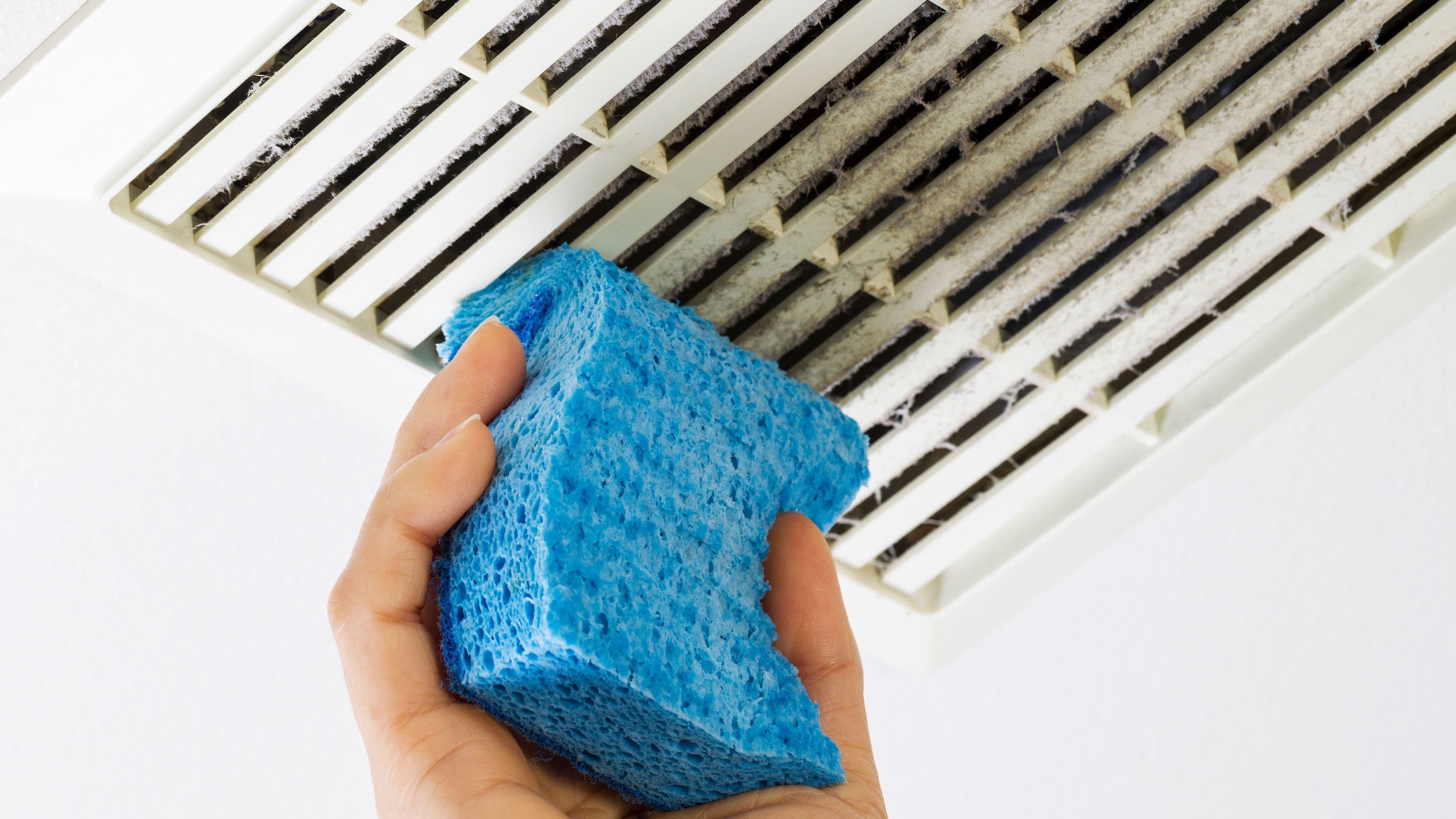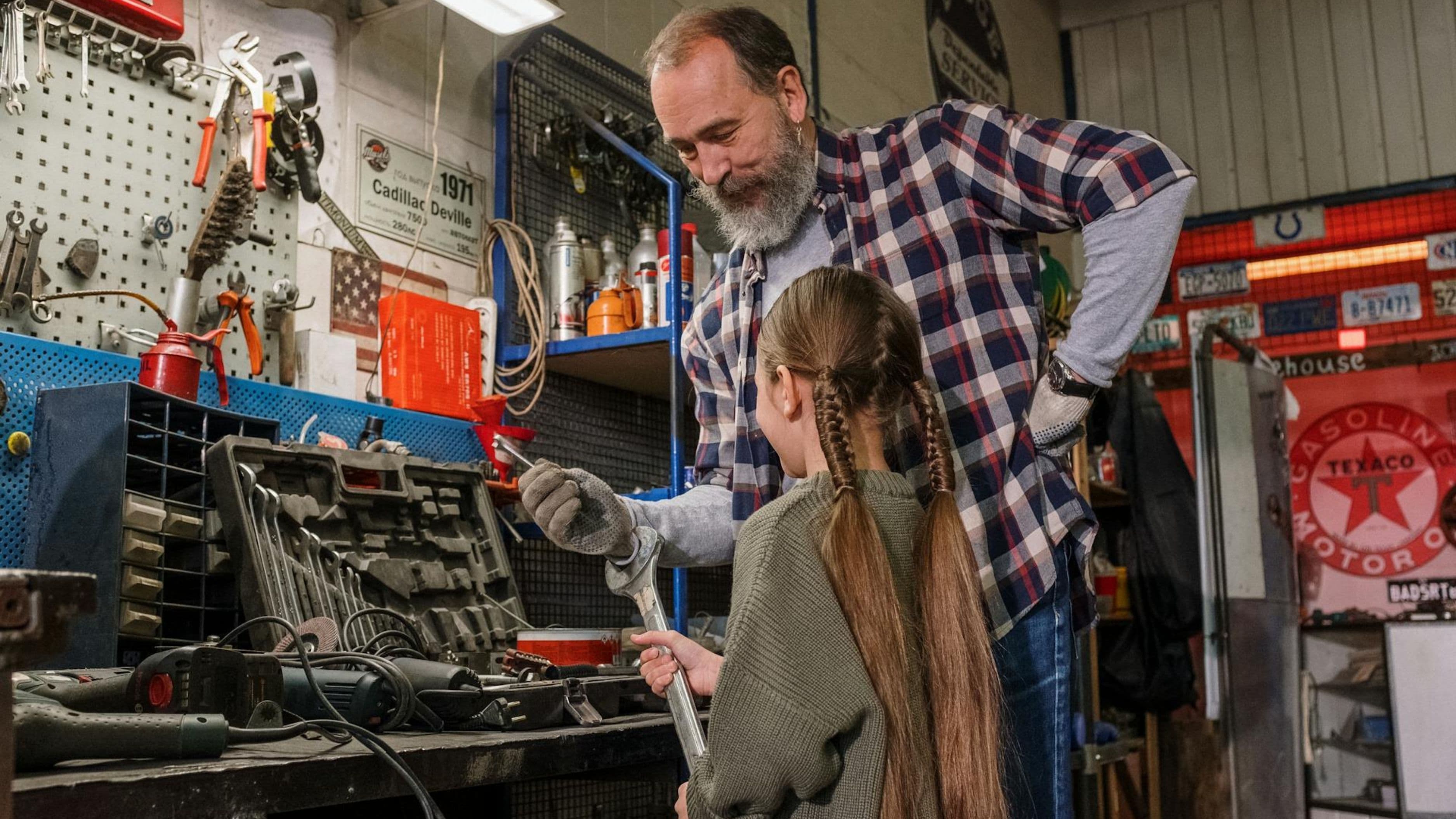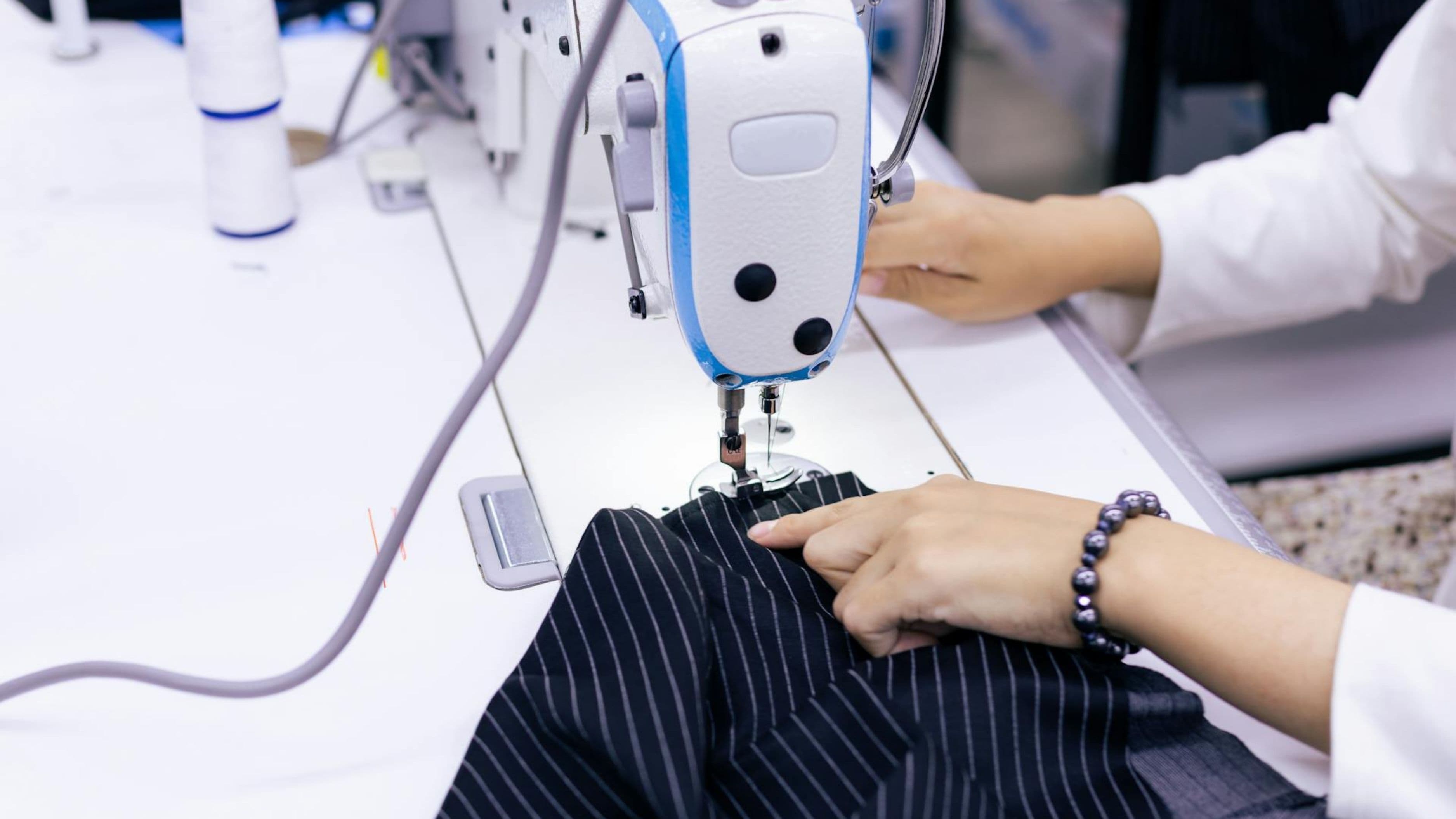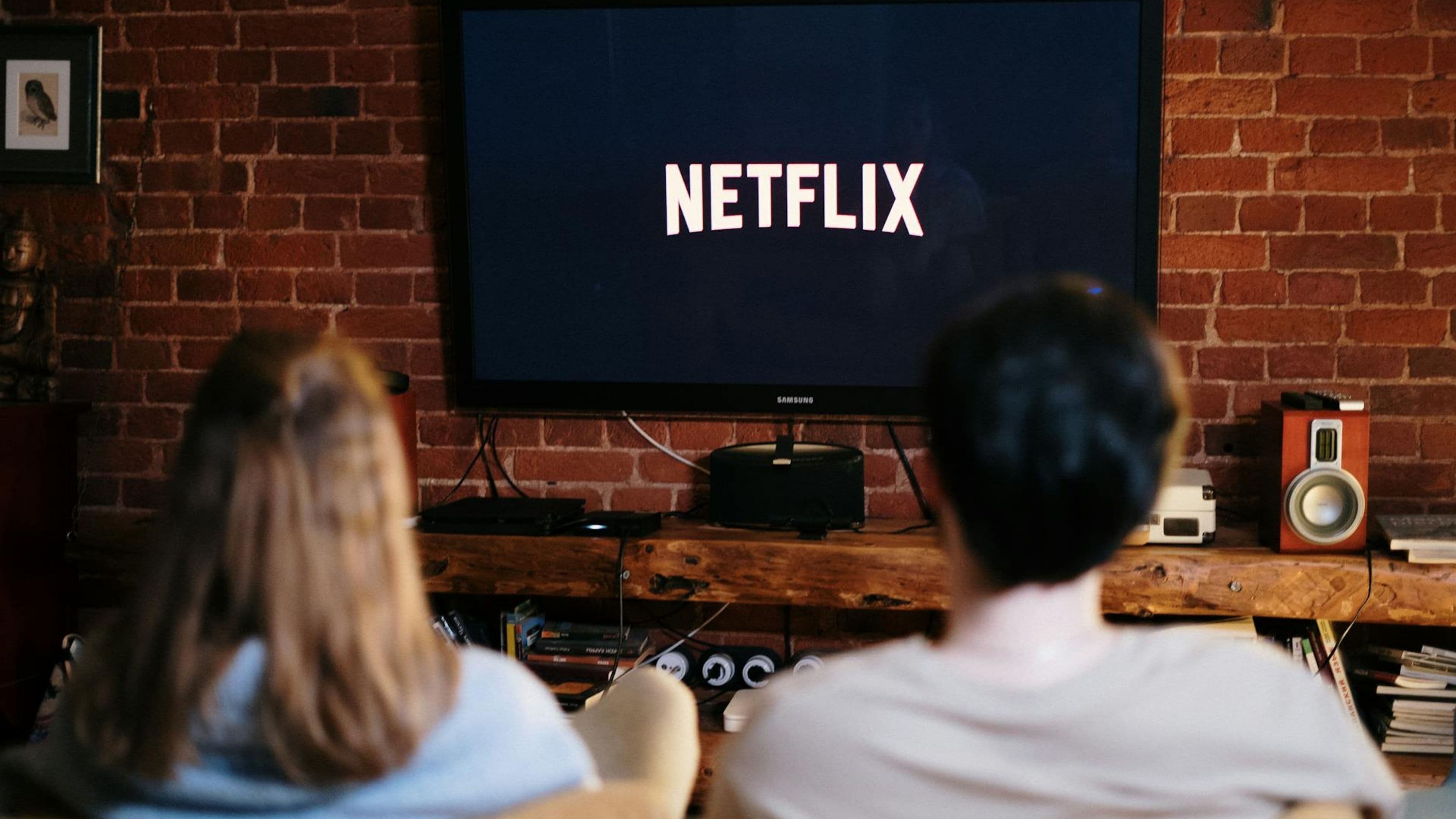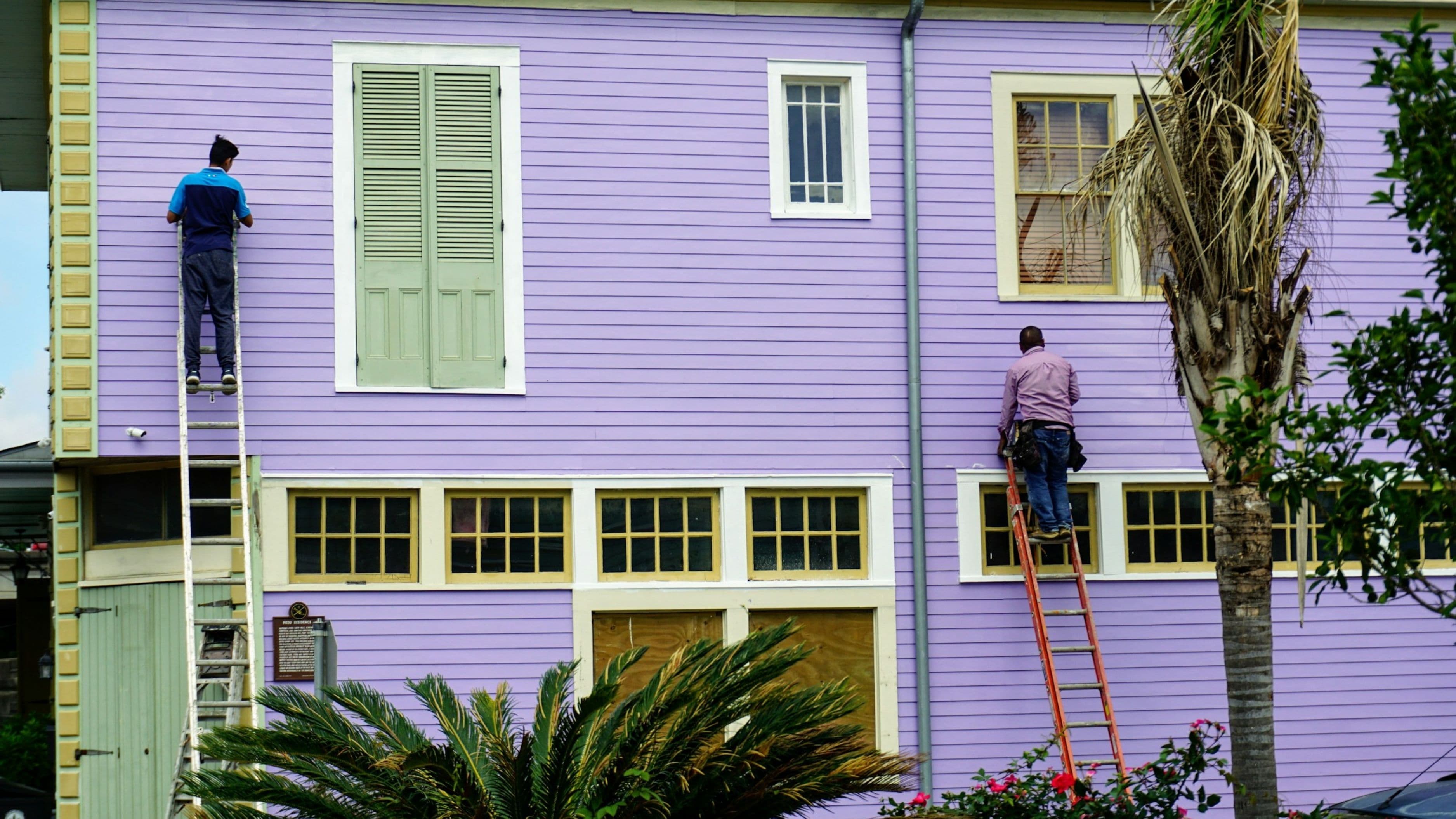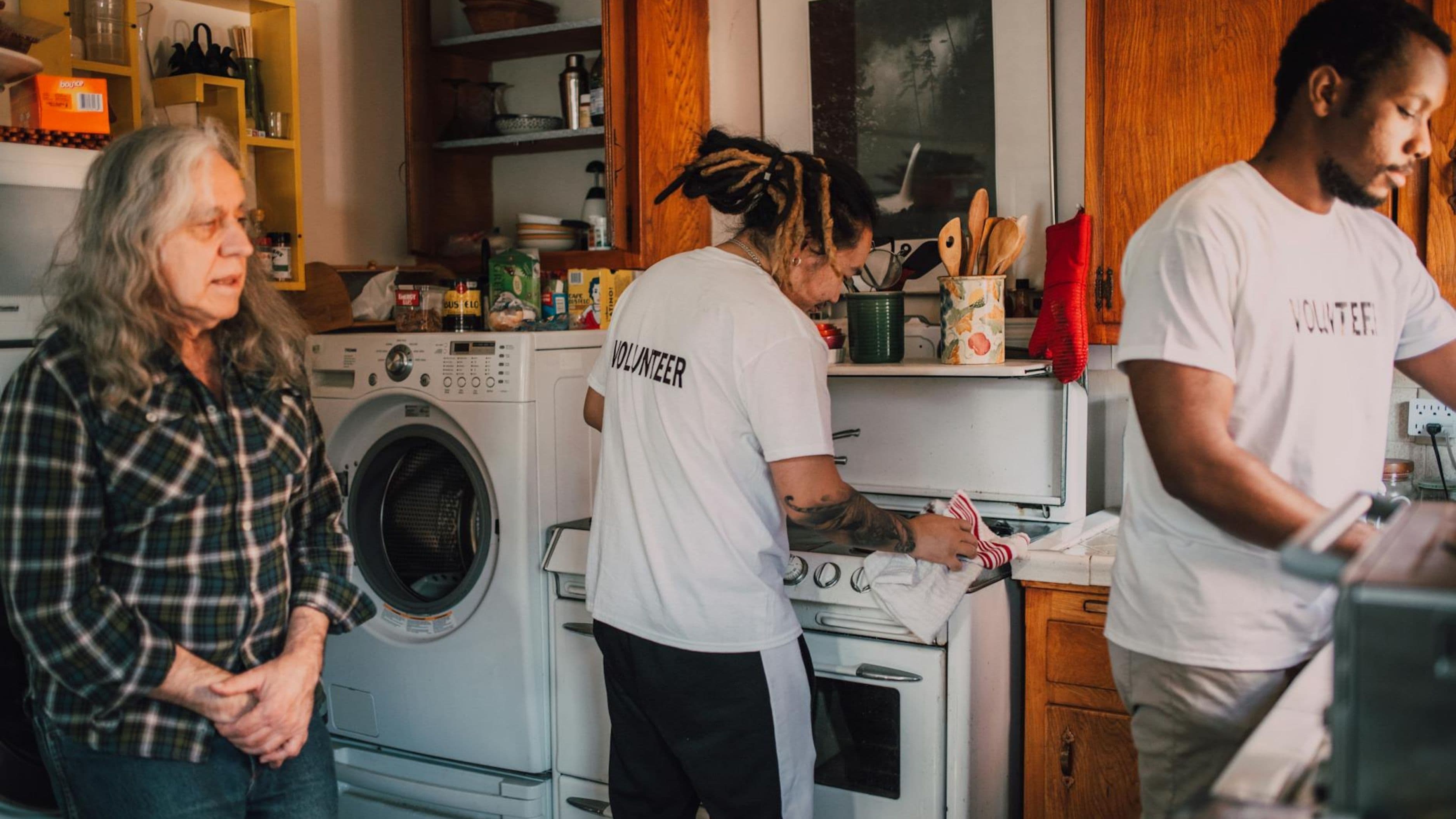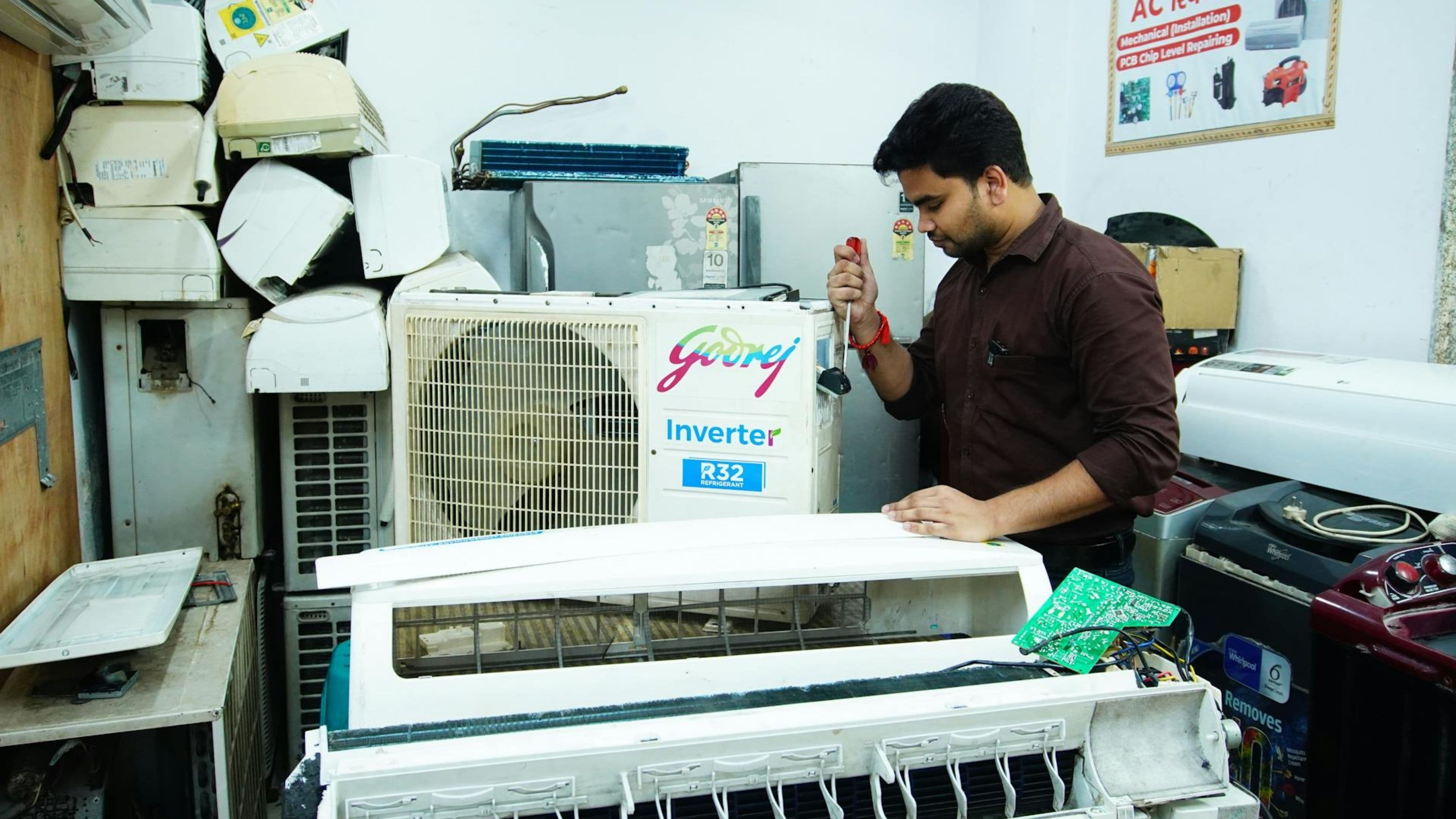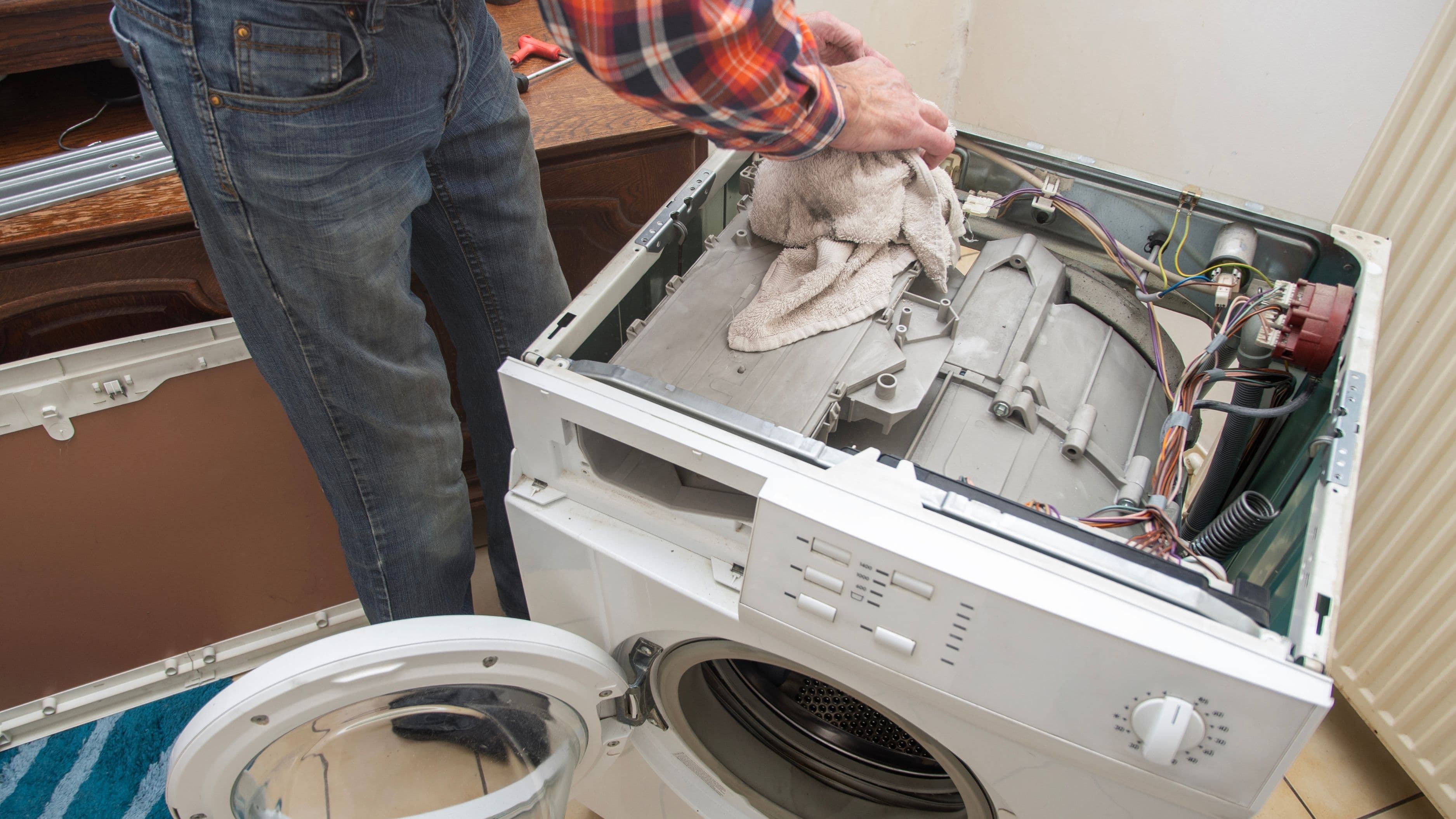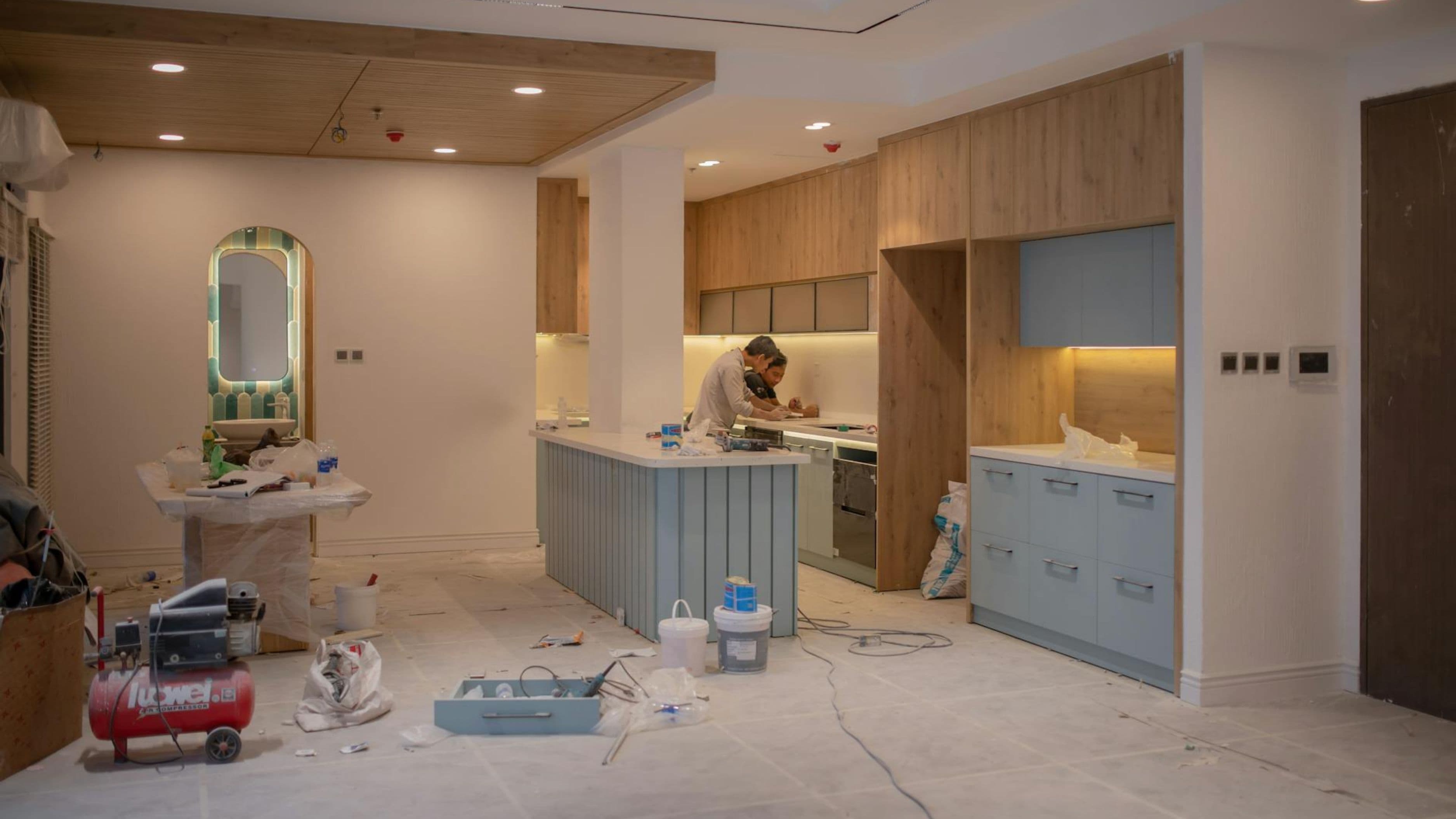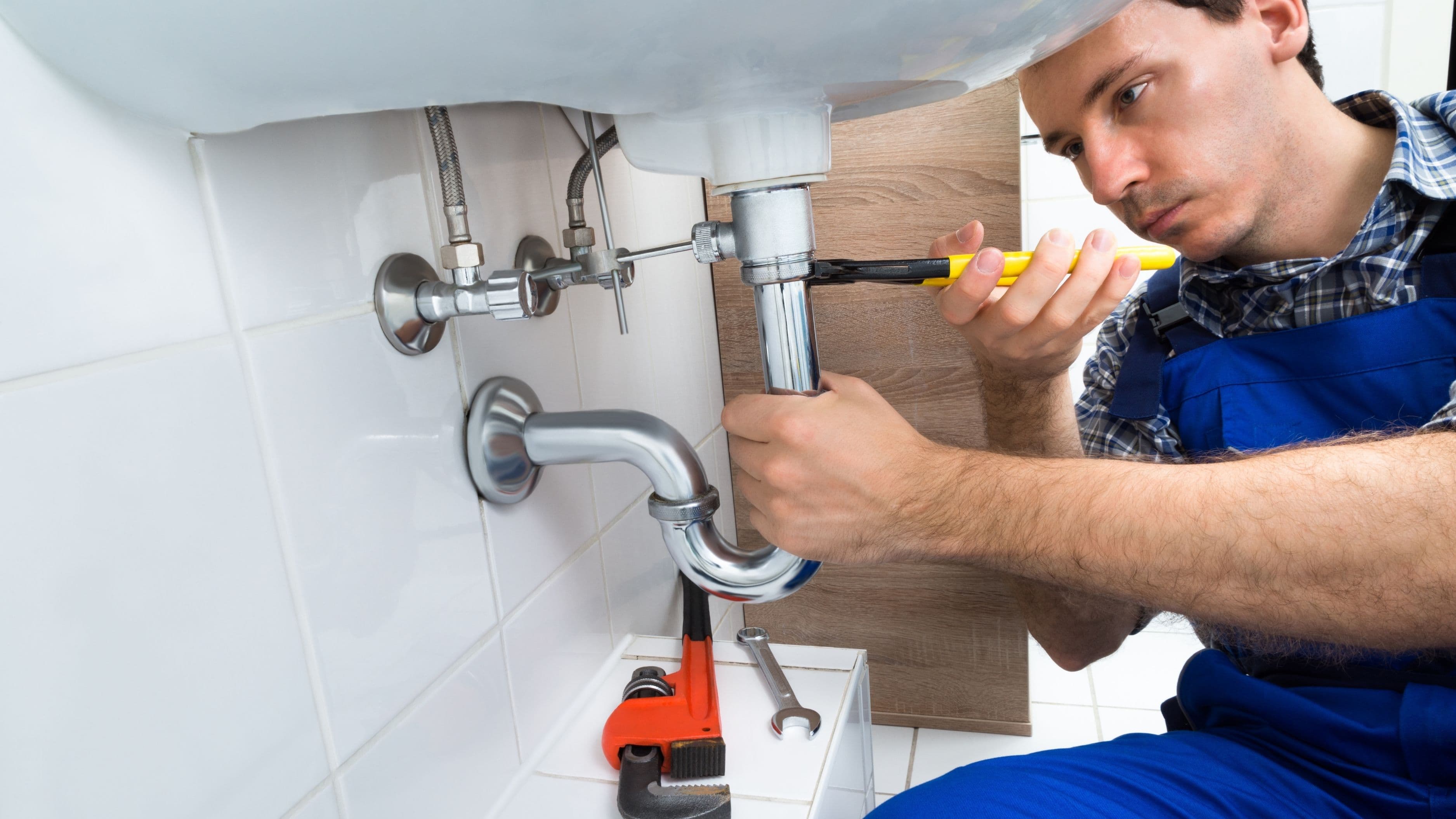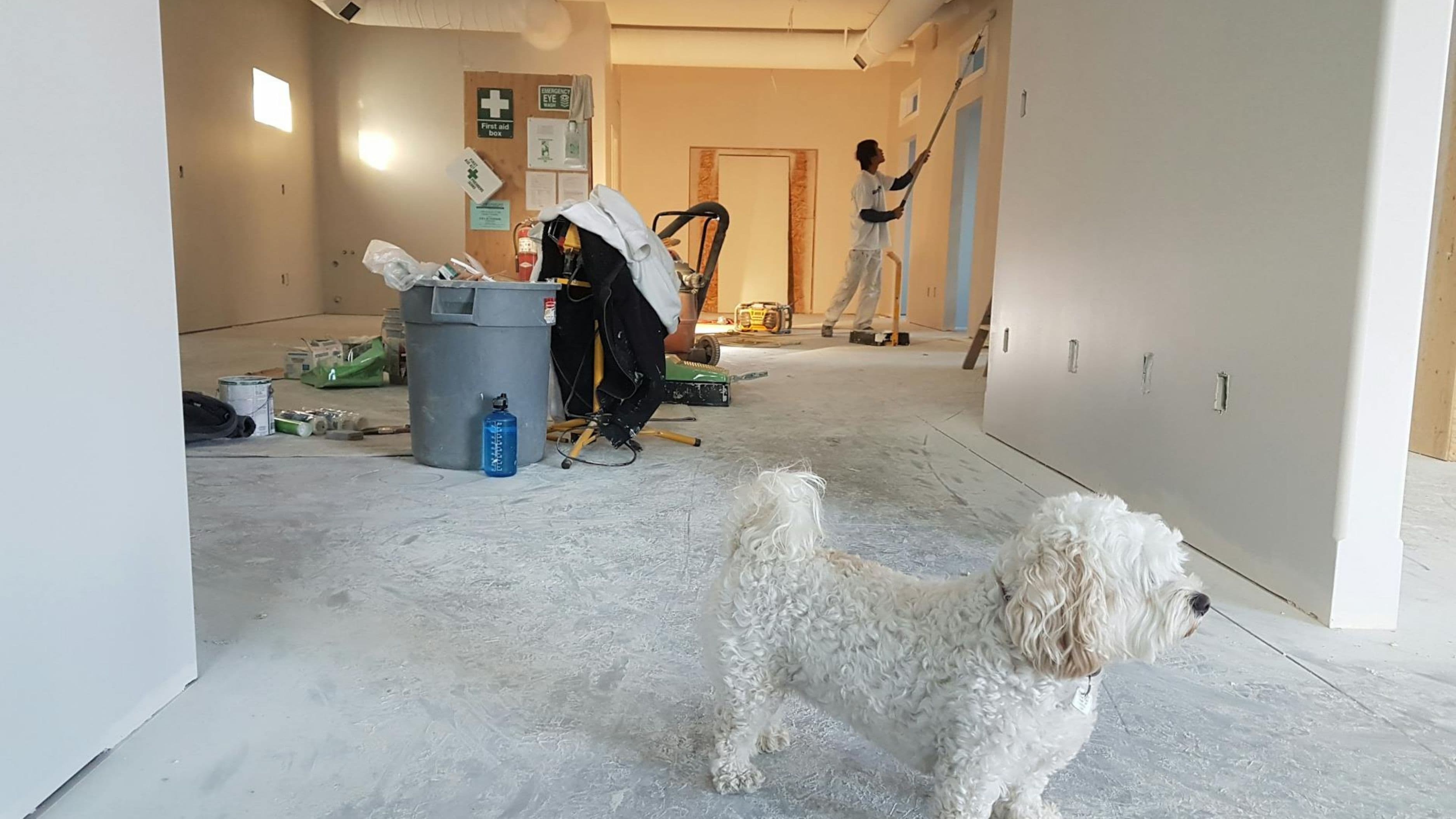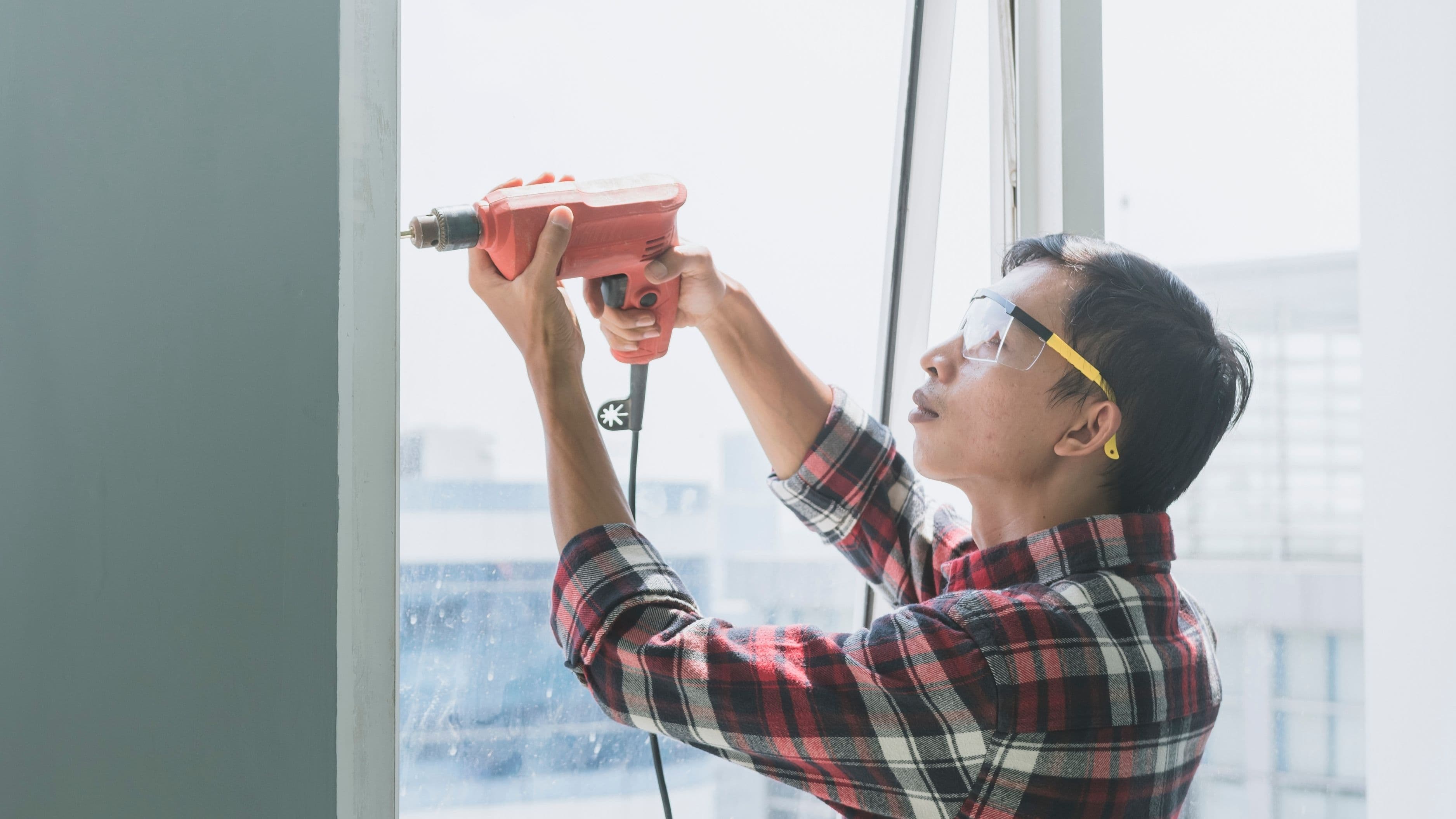You've been told to call tech support or schedule an expensive repair appointment the moment your smart TV acts up—but that advice might be costing you hundreds of dollars unnecessarily.
Jason Miller | September 2, 2025
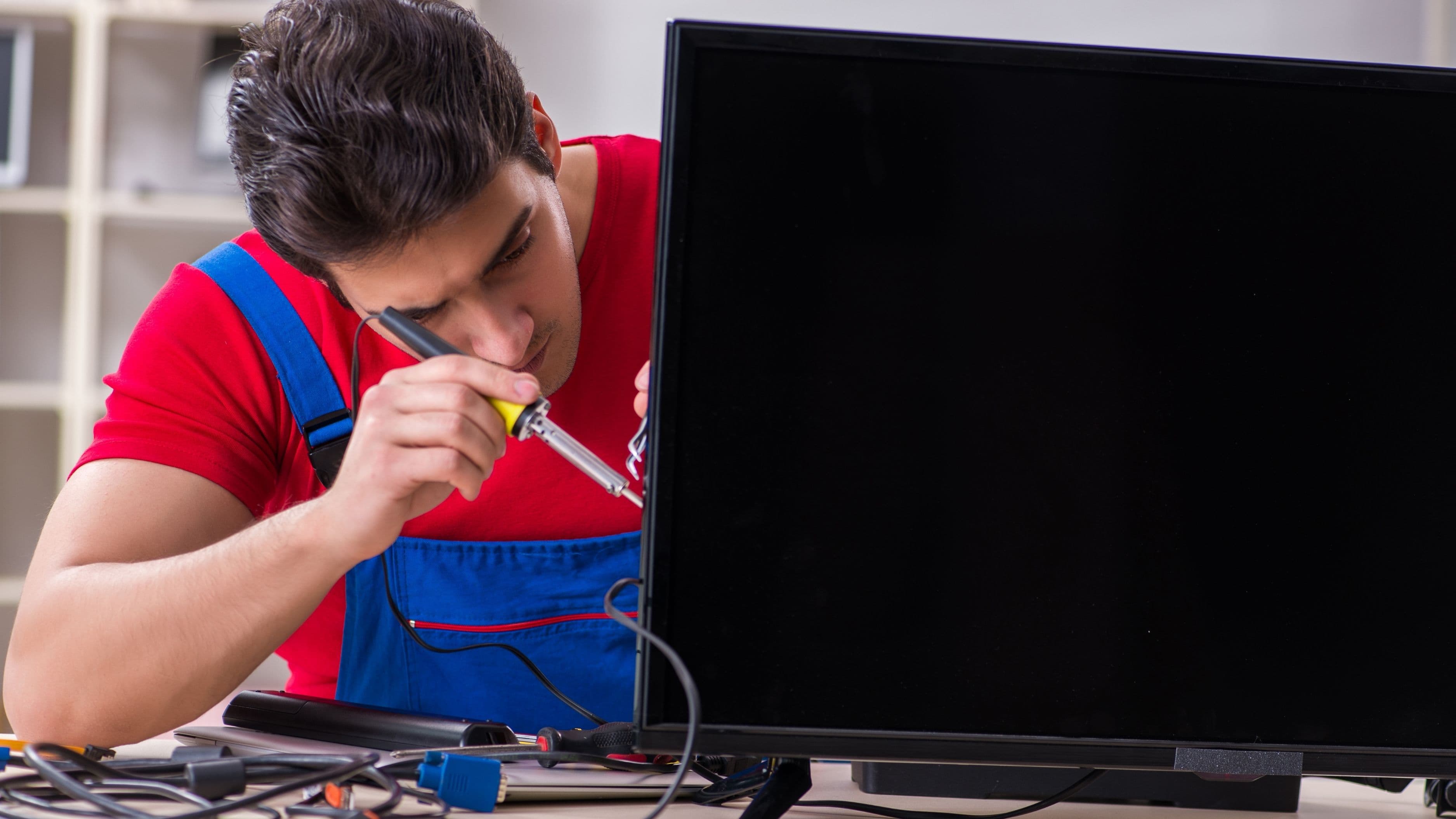
You've been told to call tech support or schedule an expensive repair appointment the moment your smart TV acts up—but that advice might be costing you hundreds of dollars unnecessarily.
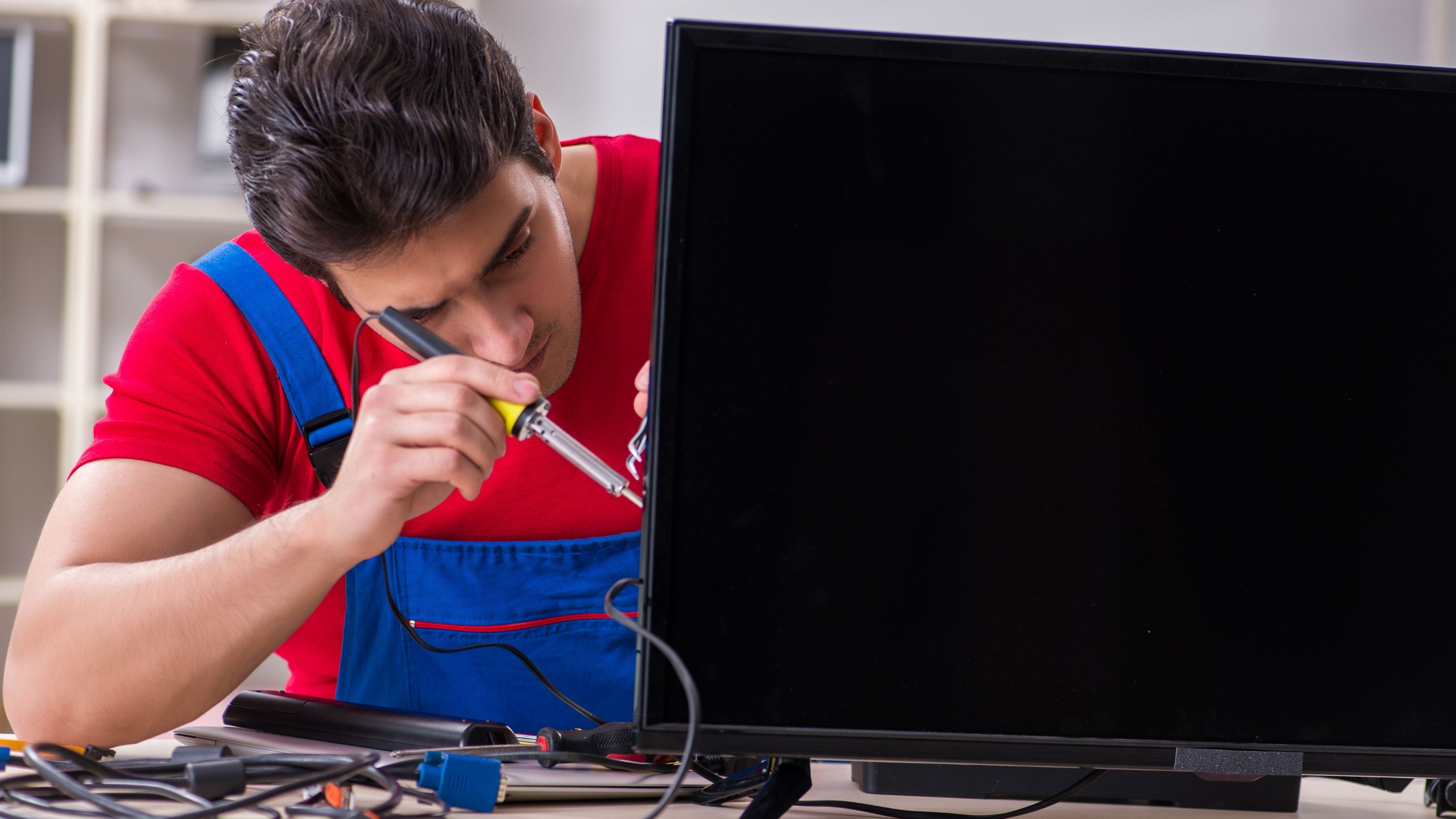
You've been told to call tech support or schedule an expensive repair appointment the moment your smart TV acts up—but that advice might be costing you hundreds of dollars unnecessarily.
Here's the truth: most smart TV problems aren't complicated electronics failures. They're simple glitches that you can troubleshoot and fix in your living room with nothing more than your remote control and a few minutes of patience. Before you start googling repair shops or considering a replacement, let's bust some myths about what's actually wrong with your TV and show you the surprisingly simple solutions hiding in plain sight.
That terrifying moment when you press the power button and nothing happens doesn't mean your TV has joined the electronics graveyard. Most black screen issues stem from power hiccups, not hardware failure. Your TV might be stuck in a confused state between on and off, or the HDMI connection could be having an identity crisis.
Start with the classic IT solution that actually works: unplug your TV from the wall outlet and let it sit for a full 60 seconds. This isn't just folklore—it drains residual power from the capacitors and forces a complete system reset. While you're waiting, check that your HDMI cables are firmly seated in their ports and try switching to a different input source. If you see a backlight glowing faintly when you shine a flashlight at the screen, the panel itself is fine, but the LED strips might need attention (which is a bit more advanced, but still doable).
The power cycle alone solves about 70% of black screen cases. If your screen comes back to life but the picture looks washed out or dim, adjust the backlight settings in your picture menu—sometimes updates reset these to factory defaults that make everything look like you're watching through fog.
You're settling in for movie night when the dreaded buffering wheel appears, spinning endlessly while your patience evaporates. Your first instinct is to blame your internet provider, but here's what's really happening: your smart TV's WiFi receiver is significantly weaker than your phone or laptop, and it's likely struggling with distance, interference, or outdated network protocols.
Move your router closer to your TV if possible, or better yet, grab a $15 ethernet cable and hardwire the connection. Wireless signals degrade fast through walls, especially if you have a fish tank, mirror, or metal furniture between your router and TV. If moving the router isn't an option, restart both your TV and router—routers get bogged down with cached data and benefit from a fresh start just like your TV does.
Here's a pro tip most people miss: go into your TV's network settings and "forget" the WiFi network, then reconnect from scratch. This forces your TV to negotiate a fresh connection and often resolves mysterious slowdowns. Also check if your TV is connected to the 2.4GHz band instead of 5GHz—the 5GHz band is faster but has shorter range, so switch between them to find what works best for your setup. Finally, close any apps running in the background on your TV by force-quitting them through the app management menu. Yes, smart TVs multitask, and yes, they get overwhelmed just like your phone.
Silence from your TV speakers when the picture is perfect feels like a cruel joke. Before you assume the worst, understand that modern smart TVs have multiple audio output options, and they love switching between them without asking permission. Your sound might be routing to a Bluetooth device that's no longer connected, an optical cable you disconnected months ago, or external speakers that aren't powered on.
Dive into your audio settings and confirm the output is set to "TV Speakers" or "Internal Speakers." If you've ever connected a soundbar, gaming headset, or wireless speakers, your TV might still be trying to send audio there. Disconnect any Bluetooth devices by going into Bluetooth settings and unpairing everything, then test the sound again. Also check the volume—sounds obvious, but some TVs have separate volume controls for different inputs, and what worked on HDMI 1 might be muted on HDMI 2.
Another sneaky culprit is secondary audio programming (SAP), which is designed for alternate language audio but sometimes defaults to a silent channel. Look for SAP, MTS, or Audio Language settings and switch them back to "Main" or "English." If you hear sound through headphones plugged into the TV but not through the speakers, the headphone jack might have a stuck sensor that thinks headphones are still connected—try inserting and removing headphones several times to unstick it.
When Netflix keeps crashing or Disney+ refuses to load, it's tempting to think your TV has become obsolete. In reality, smart TVs are essentially computers running a stripped-down operating system, and they accumulate digital junk just like any device. Cached data, corrupted cookies, and outdated app versions pile up until apps start choking.
Clear the cache for problematic apps by going into your TV's application manager (usually found in Settings under Apps or Applications). Select the misbehaving app and choose "Clear Cache" and "Clear Data"—this won't delete your login information, but it will force the app to rebuild its local storage from scratch. If that doesn't work, uninstall the app completely and reinstall it from your TV's app store. Fresh installations often solve weird glitches that updates can't fix.
Check for system updates in your TV settings because manufacturers regularly release patches that improve app stability. Enable automatic updates if available, so your TV stays current without you having to remember. If a specific app continues causing problems, visit the manufacturer's support page—sometimes known compatibility issues require specific workarounds, like changing video quality settings or disabling certain features.
Your remote control stops responding, and you immediately start shopping for a replacement. Hold that thought—most remote issues aren't about the remote itself. Smart TV remotes use either infrared (IR) or Bluetooth, and both technologies have specific failure points that are easily fixable.
For IR remotes, the problem is usually dead batteries or a blocked sensor. Swap in fresh batteries (not just new-ish ones from the junk drawer) and make sure you have a clear line of sight between the remote and the TV's sensor, which is usually near the power indicator light. Test the remote by pointing it at your phone's camera and pressing buttons—if you see a purple light flashing through your phone screen, the remote is working fine and the problem is with the TV's sensor. Wipe the TV sensor with a clean cloth in case dust is blocking it.
Bluetooth remotes are trickier because they need to be paired. If your remote suddenly stops working, try re-pairing it by holding down the pairing buttons (usually Home and Back together) for 10 seconds while pointed at the TV. Some TVs require you to enter pairing mode through the settings menu first, so check your user manual. If the remote still won't connect, remove it from the TV's Bluetooth device list and pair it again from scratch.
A frozen screen that won't respond to any button presses looks catastrophic, but it's usually just a software deadlock. Think of it like your computer freezing—frustrating, but not fatal. Your TV's processor got overwhelmed or an app crashed in a way that locked up the entire system.
The solution is a forced restart, which is different from just turning the TV off and on. Unplug the TV from the power outlet, wait at least two minutes (not just a few seconds), then plug it back in. This gives the system time to fully discharge and clear its memory. If your TV has a physical reset button (usually a tiny pinhole on the back panel), you can press it with a paperclip while the TV is powered on to force a restart without unplugging.
Some smart TVs also have a combination of buttons you can hold down to force a reboot—common combinations include holding the power button for 30 seconds, or pressing power and volume down simultaneously. Check your TV's manual or the manufacturer's website for model-specific instructions. Once the TV restarts, consider whether you had multiple apps open or were performing a demanding task when it froze, and try to avoid that scenario in the future.
Your picture suddenly looks terrible—colors are oversaturated, everything seems blurry, or there's a weird soap opera effect that makes movies feel cheap. Before calling a calibration expert, know this: picture settings get changed accidentally all the time, either through software updates that reset everything to defaults, or by someone (possibly you) exploring menus and forgetting what they changed.
Start by checking your picture mode—if it's set to Vivid, Dynamic, or Store Display, that explains the garish colors. Switch to Standard, Movie, or Cinema mode for a more natural picture. Look for motion smoothing settings, which go by different names depending on your brand: TruMotion (LG), MotionFlow (Sony), Auto Motion Plus (Samsung), or Smooth Motion Effect (others). This feature interpolates extra frames to make motion smoother, but it ruins the cinematic look of movies. Turn it off completely or set it to minimum.
Check your sharpness setting—anything above 30-40% often creates artificial edge enhancement that makes the picture look overly processed. Reduce it until faces and objects look natural rather than carved from plastic. If the picture looks dim, increase the backlight setting (not brightness, which affects black levels). Also verify that energy-saving modes aren't dimming your screen automatically—these features are great for reducing power consumption but terrible for picture quality.
You're getting "No Signal" messages or weird HDMI errors even though everything is plugged in correctly. The instinct is to blame the HDMI cable, but cable failure is surprisingly rare unless you've been bending, twisting, or stepping on them. What's actually happening is a communication breakdown between devices—a failed HDCP handshake that prevents proper signal transmission.
Turn off all your devices—TV, cable box, game console, soundbar, everything—and unplug them all from power. Wait 30 seconds, then power up devices in this specific order: TV first, then any receivers or soundbars, then source devices last. This establishes a clean handshake sequence. If you're still getting errors, try different HDMI ports on your TV—ports have slightly different capabilities, and sometimes switching from HDMI 1 to HDMI 3 magically solves things.
Check if you're using high-speed HDMI cables for 4K content—older cables can't handle the bandwidth. If you bought cables more than five years ago and you're trying to watch 4K or HDR content, grab new certified high-speed cables. They're cheap and the performance difference is real. Also disable HDMI-CEC (sometimes called Anynet+ or Bravia Sync) temporarily to see if that's causing conflicts between devices trying to control each other.
Your smart TV's home screen is cluttered with apps you never use, or apps are updating at inconvenient times and slowing everything down. Many people don't realize they have significant control over their TV's app ecosystem—you can uninstall, disable, move, and manage updates just like on a smartphone.
Go into your app settings and uninstall or disable any apps you don't use—they take up storage space and can run background processes that slow down your TV. Some pre-installed apps can't be fully uninstalled (thanks, manufacturer deals), but you can usually disable them, which prevents them from running. Reorganize your home screen by moving frequently used apps to the front and hiding the rest in folders or moving them to the end.
Control when apps update by disabling automatic updates and choosing to update manually during off-hours. This prevents your TV from becoming sluggish right when you want to watch something. Clear storage space by going into Settings > Storage and looking for cached data you can delete. Some TVs allow you to add external USB storage, which can dramatically improve performance if your internal storage is nearly full.
Factory resets sound scary and drastic, but for persistent problems that simple fixes don't solve, it's often the cleanest solution. Modern smart TVs retain your major settings in the cloud, so you're not starting completely from scratch—your account information and app logins are usually remembered after you sign back in.
Before resetting, write down your WiFi password and any custom picture settings you want to preserve. Navigate to Settings > System > Advanced Settings > Factory Reset (exact path varies by brand) and confirm the reset. The TV will restart and walk you through initial setup again. This wipes corrupted data, removes buggy updates that went wrong, and gives you a clean slate.
A factory reset solves about 90% of strange behavior that doesn't have an obvious cause—random reboots, persistent app crashes, sluggish performance, and mysterious errors. It's particularly effective after major software updates that didn't install cleanly. Think of it as your TV's equivalent of reinstalling an operating system—it's not admitting defeat, it's choosing efficiency over hours of incremental troubleshooting.
The next time your smart TV throws a tantrum, resist the urge to immediately call for help or consider it broken. Most problems have simple solutions that take less time than finding a repair person's phone number. Start with the basics: power cycle everything, check your connections, update your software, and clear some cache. These fixes cost nothing and solve the vast majority of issues.
Smart TVs aren't mysterious black boxes—they're computers with screens, and they respond to the same troubleshooting logic as any other device. The myth that you need expert help for every hiccup is outdated advice that costs people hundreds of dollars for problems they could fix in five minutes. Save your money for legitimate hardware failures, and use these DIY solutions for everything else. Your wallet will thank you, and you'll feel pretty good about being your own tech support.
Consumer Technology Association. (2024). "Smart TV Ownership and Technical Support Statistics." Annual Consumer Technology Report.
Strickland, J. (2023). "HDMI and HDCP Handshake Protocols: A Technical Overview." Institute of Electrical and Electronics Engineers Consumer Electronics Magazine, 12(3), 45-52.
Roberts, M. & Chen, L. (2024). "Common IoT Device Troubleshooting: What Support Teams Wish Users Knew." Journal of Consumer Electronics Support, 8(1), 112-125.
